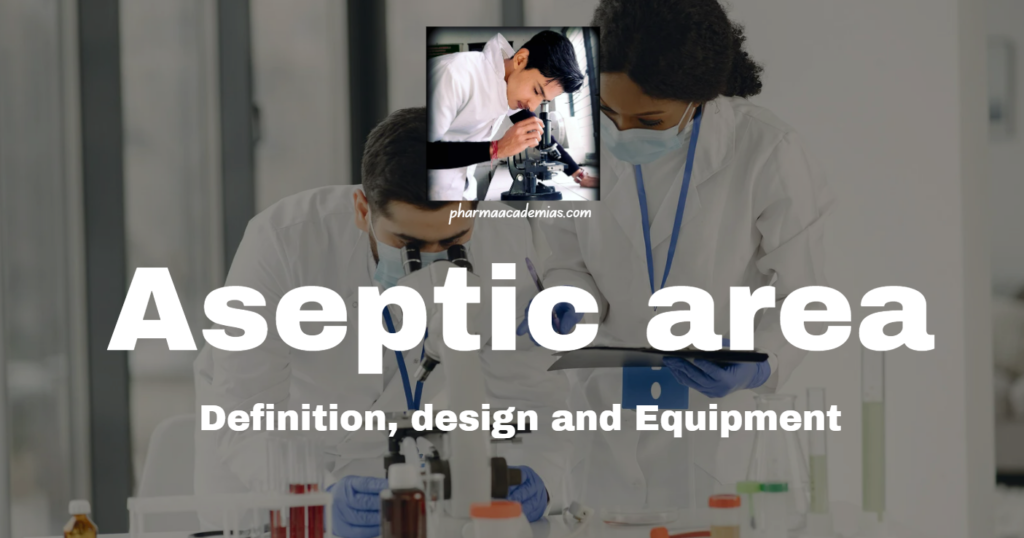Adulteration of food refers to the intentional addition of impurities or substandard substances to food products for economic gain or deceptive purposes. This unethical practice compromises the quality and safety of food, posing serious risks to public health. Adulterants can include contaminants, preservatives, colorings, flavorings, and other substances not approved for human consumption. Causes of […]
Month: February 2024
Introduction to Food Safety
Food safety is a critical aspect of public health and well-being, encompassing a set of practices, regulations, and standards aimed at ensuring that the food we consume is safe for human consumption. It involves the identification, assessment, and management of risks associated with the production, processing, storage, and consumption of food products. The overarching goal […]
Laminar flow refers to a smooth, regular flow of a fluid (liquid or gas) in which the fluid moves in parallel layers with minimal disruption between the layers. In laminar flow, the particles of the fluid follow streamlined paths, and their velocity and direction are well-organized. This is in contrast to turbulent flow, where the […]
Designing of aseptic area Designing an aseptic area is crucial for industries like pharmaceuticals, biotechnology, and food processing, where maintaining a sterile environment is essential to prevent contamination of products. Here is a detailed note on designing an aseptic area: Facility Location and Layout Choose a location away from sources of contamination such as dust, […]
Adsorption at solid interfaces is a fundamental phenomenon that occurs when molecules or ions from a surrounding medium adhere to the surface of a solid material. This process is crucial in various scientific, industrial, and technological applications, influencing catalysis, biomaterials, environmental science, and surface modification. This detailed note will delve into the principles, types, and […]
Detergency refers to the process of removing or preventing the accumulation of unwanted substances from surfaces, typically through the use of detergents. Detergents are substances that possess cleaning properties, enabling them to break down and disperse dirt, oils, and other contaminants. This detailed note explores the principles, types of detergents, cleaning mechanisms, environmental considerations, and […]
Solubilization is a process by which one substance (the solute) becomes uniformly dispersed in another substance (the solvent), forming a homogeneous solution. This phenomenon is crucial in various fields, including chemistry, pharmacy, and industrial processes. Solubilization often involves using solubilizing agents, such as surfactants or co-solvents, to enhance the solubility of poorly soluble compounds. In […]
The Hydrophilic-Lipophilic Balance (HLB) scale is a crucial tool in the formulation of surfactants and emulsifiers. It was developed to quantify and optimize the balance between the hydrophilic (water-attracting) and lipophilic (oil-attracting) properties of surfactant molecules. The HLB scale guides the selection of surfactants for various applications, particularly in the creation and stabilization of emulsions. […]
Surface active agents, commonly known as surfactants, are amphiphilic molecules with a unique structure that allows them to interact simultaneously with hydrophobic and hydrophilic environments. These molecules play a crucial role in altering the interfacial properties of liquids, influencing phenomena such as wetting, emulsification, foaming, and detergency. In this detailed note, we will explore surfactants’ […]
Adsorption at liquid interfaces is a fundamental phenomenon that occurs when molecules or ions accumulate at the boundary between a liquid and another phase (usually a gas or a different liquid). Intermolecular forces govern this process and play a crucial role in various scientific, industrial, and biological contexts. In this detailed note, we will explore […]










